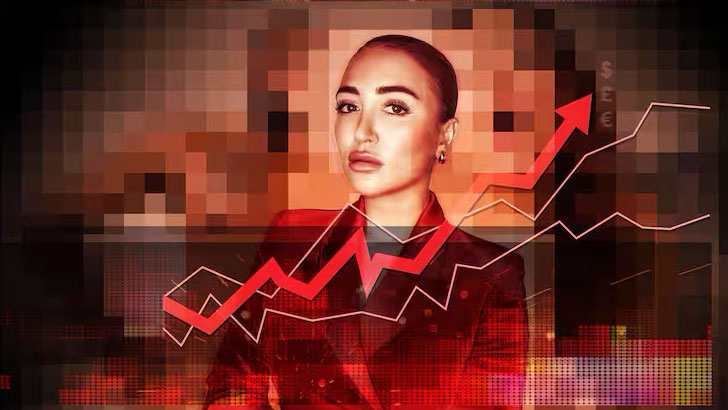
"Deepfakes have evolved from experimental CGI in the 90s to sophisticated tools thanks to GANs, enabling both remarkable creative ventures and concerning ethical dilemmas."
"While deepfake technology has attracted negative attention for potential misuse, positive applications in healthcare and education highlight its role in enhancing accessibility and communication."
Deepfake technology has significantly evolved, stemming from CGI experiments in the 1990s to sophisticated applications fueled by advancements in Generative Adversarial Networks (GANs). Initially known for their use in entertainment, deepfakes are now embraced in positive contexts such as healthcare, education, and security. Studies and initiatives demonstrate their potential in enhancing communication, such as multilingual campaigns and AI-generated sign language interpreters. Despite the associated ethical concerns, the multifaceted nature of deepfakes showcases how they can serve beneficial purposes beyond entertainment.
Read at Creative Bloq
Unable to calculate read time
Collection
[
|
...
]